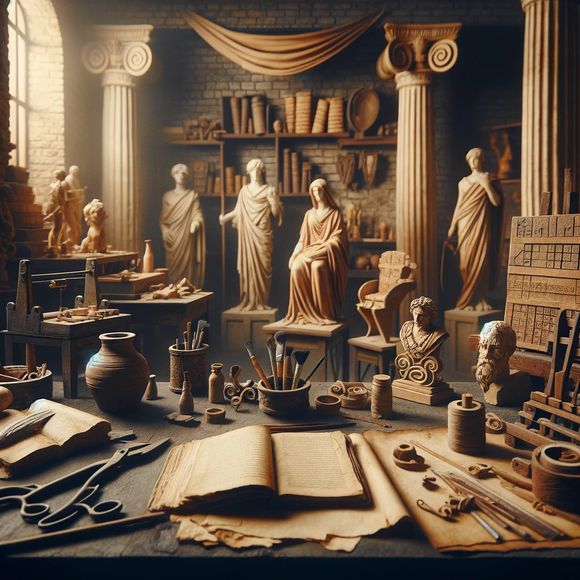Introduction: Paper mache, an ancient craft dating back centuries, has been cherished for its versatility and accessibility. However, amidst the rapid evolution of modern art forms, some traditional paper mache techniques have been overshadowed or forgotten. In this article, we embark on a journey to rediscover these lost techniques, delving into their historical significance and the process of reconstructing them in a contemporary context.
Unearthing Forgotten Techniques: To understand the depth of paper mache’s historical roots, we delve into ancient civilizations where evidence of its use has been found. From ancient China to Egypt and Persia, artisans utilized paper mache for diverse purposes, ranging from practical to ornamental. Over time, these techniques spread across continents, evolving with regional variations and cultural influences.
However, as industrialization swept the world, traditional crafts faced a decline, and some techniques were on the brink of extinction. The intricate methods employed by artisans were often passed down orally or through apprenticeships, leaving them vulnerable to being lost amidst changing times.
Rediscovering the Past: In recent years, a resurgence of interest in traditional crafts has sparked efforts to revive forgotten techniques. Archaeological findings, historical documents, and collaborative efforts among artisans and historians have played crucial roles in piecing together the puzzle of lost paper mache methods.
One such example is the reconstruction of ancient Chinese paper mache armor, known as “tiger armor,” which was crafted using layers of paper and glue to create lightweight yet resilient protection. Through meticulous research and experimentation, artisans have been able to recreate this intricate armor, shedding light on the sophisticated craftsmanship of bygone eras.
Reconstructing History: The process of reconstructing lost paper mache techniques involves more than just replicating the final product; it requires a deep understanding of the materials, tools, and cultural context of the original craft. Artisans often collaborate with historians, archaeologists, and materials scientists to uncover clues and overcome challenges in recreating ancient methods.
Experimental archaeology, a field that involves reconstructing ancient technologies through practical experimentation, has been instrumental in this endeavor. By testing different materials, tools, and techniques, artisans gain insights into the processes employed by their predecessors, allowing for a more authentic recreation of historical artifacts.
Bringing the Past into the Present: As reconstructed paper mache artifacts find their way into museums, exhibitions, and private collections, they serve as tangible links to the past, enriching our understanding of history and cultural heritage. Moreover, these endeavors breathe new life into traditional crafts, inspiring contemporary artisans to explore new possibilities and push the boundaries of their craft.
In a world where mass production often reigns supreme, the revival of lost paper mache techniques reminds us of the value of craftsmanship and the importance of preserving cultural traditions. By honoring the past, we not only enrich the present but also pave the way for future generations to continue the legacy of creativity and innovation.
Conclusion: The journey to rediscover lost paper mache techniques is a testament to the resilience of human creativity and the enduring legacy of traditional crafts. Through collaboration, experimentation, and a deep reverence for history, artisans have succeeded in breathing new life into ancient methods, bridging the gap between past and present. As we marvel at the intricacy and beauty of reconstructed artifacts, we are reminded of the rich tapestry of human ingenuity that spans across time and cultures.
